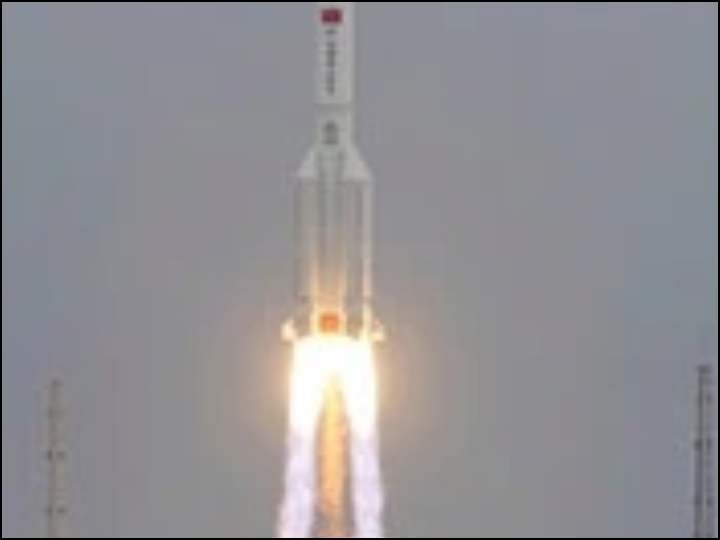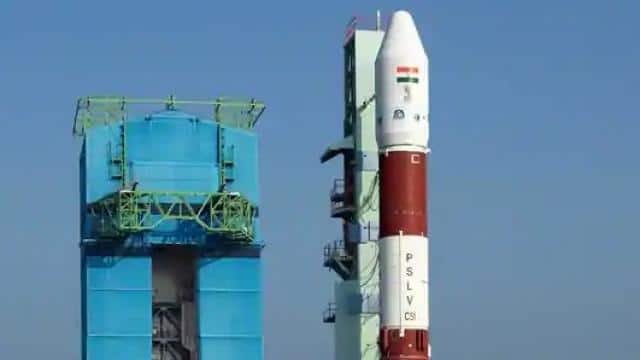India will launch the first unmanned mission to Gaganyaan by the end of 2022, Singh said, along with a robot named ‘Vayumitra’.

New Delhi: India is set to launch the first two unmanned missions ahead of the manned spacecraft program ‘Gaganyaan’ by the end of 2022 next year, Union Minister Jitendra Singh said on Thursday.
Talking about the status of other space projects, Singh said – during Question Hour in Rajya Sabha – that the Venus mission is planned by 2022, while the solar mission is 2022-23 and the space station by 2030.
Singh, Minister of State in the Department of Space, said space projects have been delayed due to the COVID-19 pandemic.
“Next year, we will have two unmanned missions before we fly ‘Gaganyaan’. Usually, standard operating procedure (SOP) is followed. Due to the pandemic, it got delayed,” he said.
India will launch the first unmanned mission to Gaganyaan by the end of 2022, possibly early next year, Singh said, accompanied by a robot called ‘Vayumitra’.
“After this, we will probably have Gaganyaan in 2023, which will undoubtedly place India fourth in the elite club of countries after the US, China and Russia,” he said.
The minister further said that the Gaganyaan program will be different from other manned missions by other countries in the sense that it will be more cost-effective and inclusive.
The program will establish India as a leading nation and improve the country’s capabilities as far as its robotic mission is concerned, he said, adding that it will also inspire youth and start-ups.
The minister said that apart from Gaganyaan, “we are going to do many other missions. We will have a Venus mission by 2023. Soon, we will have a solar mission called ‘Aditya Solar Mission’ for 2022-23.”
Singh said that Chandrayaan was delayed due to the Kovid epidemic and it will probably be launched by next year.
“By 2030 we will probably be able to have a space station, which will be unique in its kind,” he said. He said that India’s journey to the top has started from the space route.
When asked whether ISRO has identified 17 technologies for Gaganyaan at less cost than start-ups, the minister said, “There are going to be several research modules with Gaganyaan and it will involve start-ups and more than 500 industries. Will be involved.”
He said that for the first time after India’s independence private industry would be involved in space technology.
“As a result, we are now going to have a number of partnerships for nanosatellites that we are trying to put in our missions in collaboration with ISRO,” he said.
Singh said that host technologies can be innovated in many sectors connected with the industry, which paves the way for creating a new economy through space technology.
The Minister informed the Upper House that India has so far launched 42 foreign satellites from 34 countries and earned a revenue of USD 56 million.

